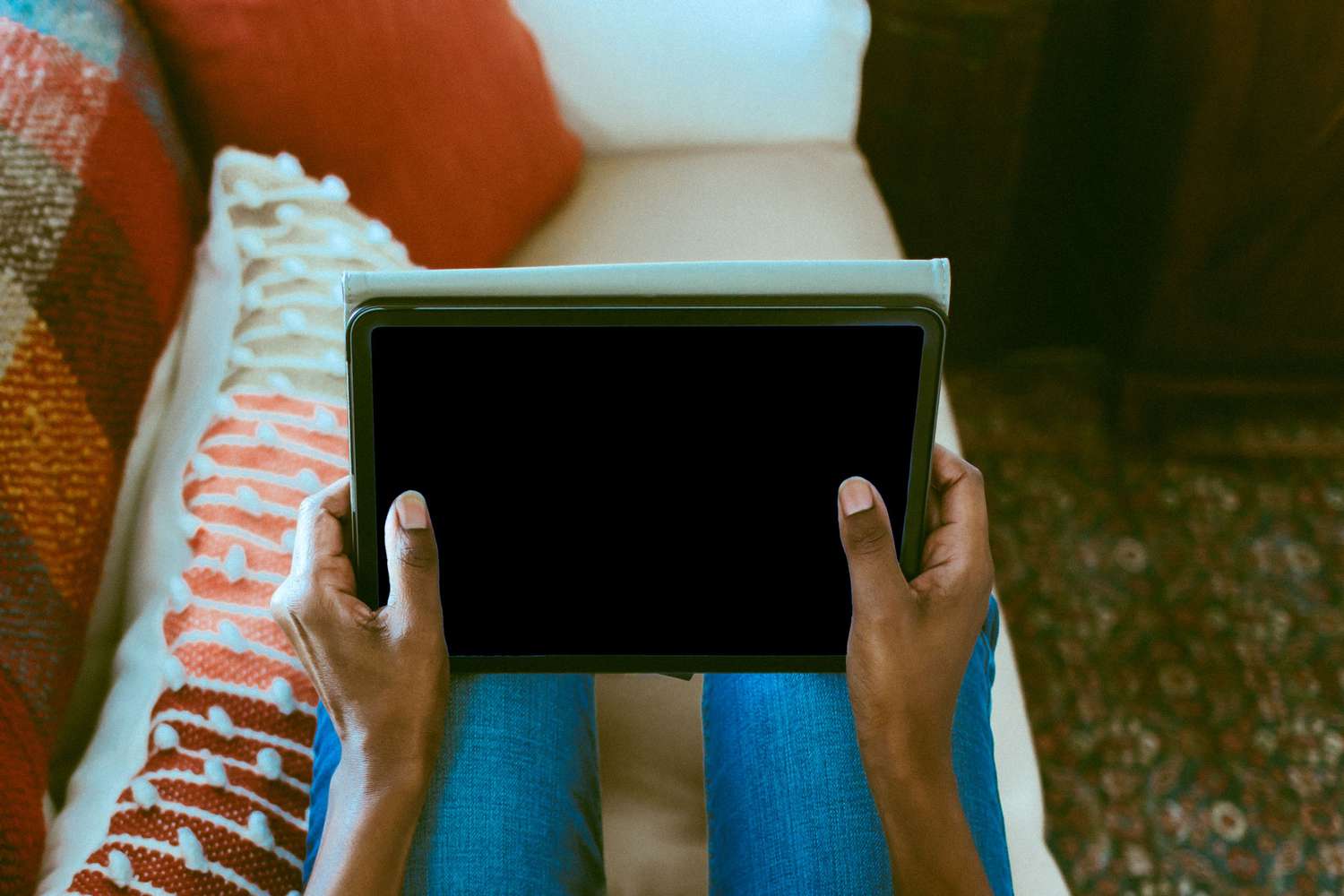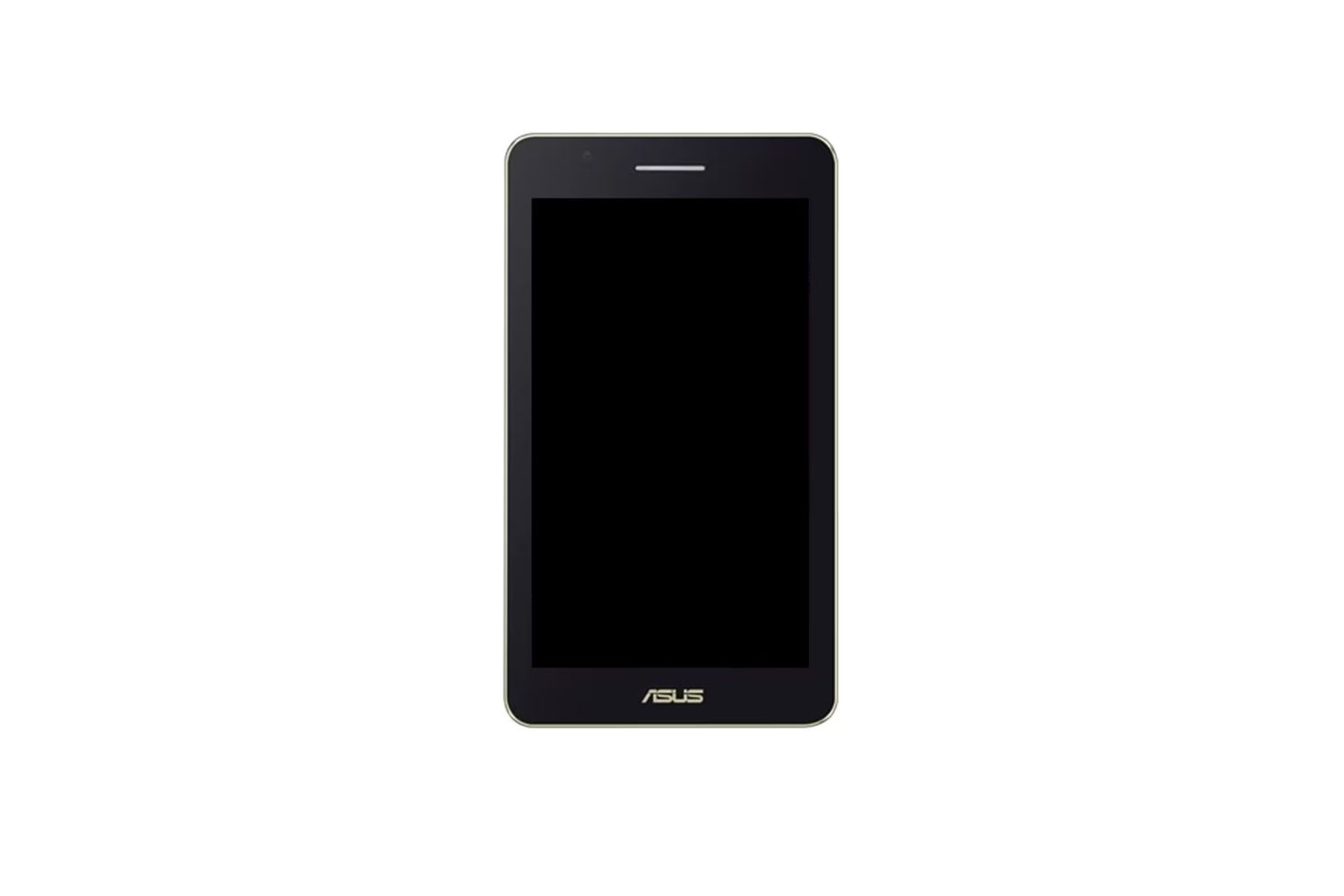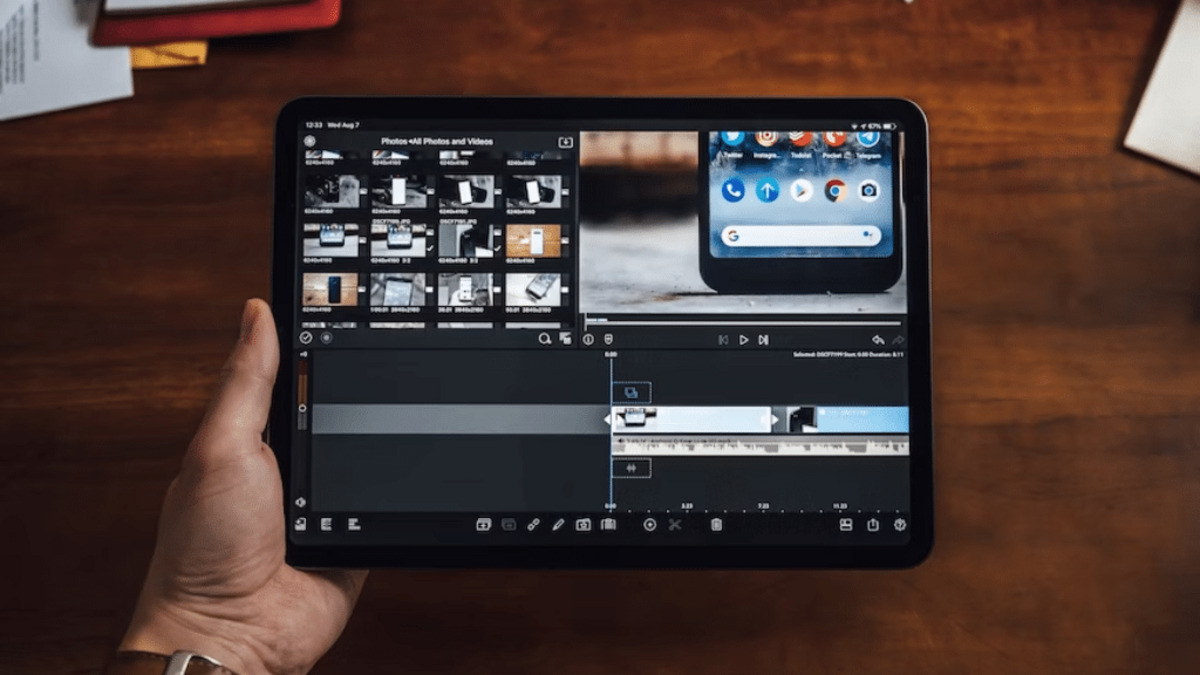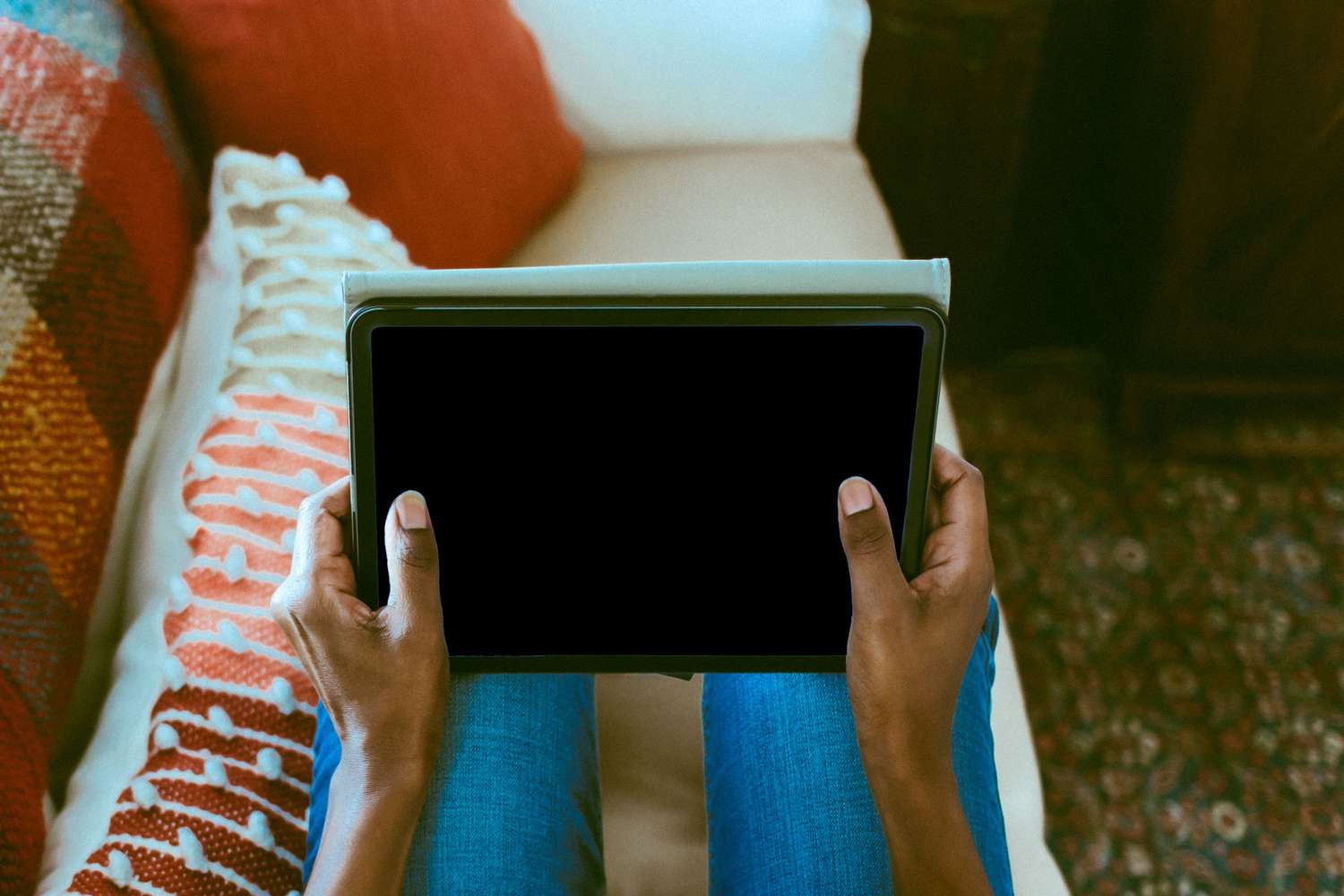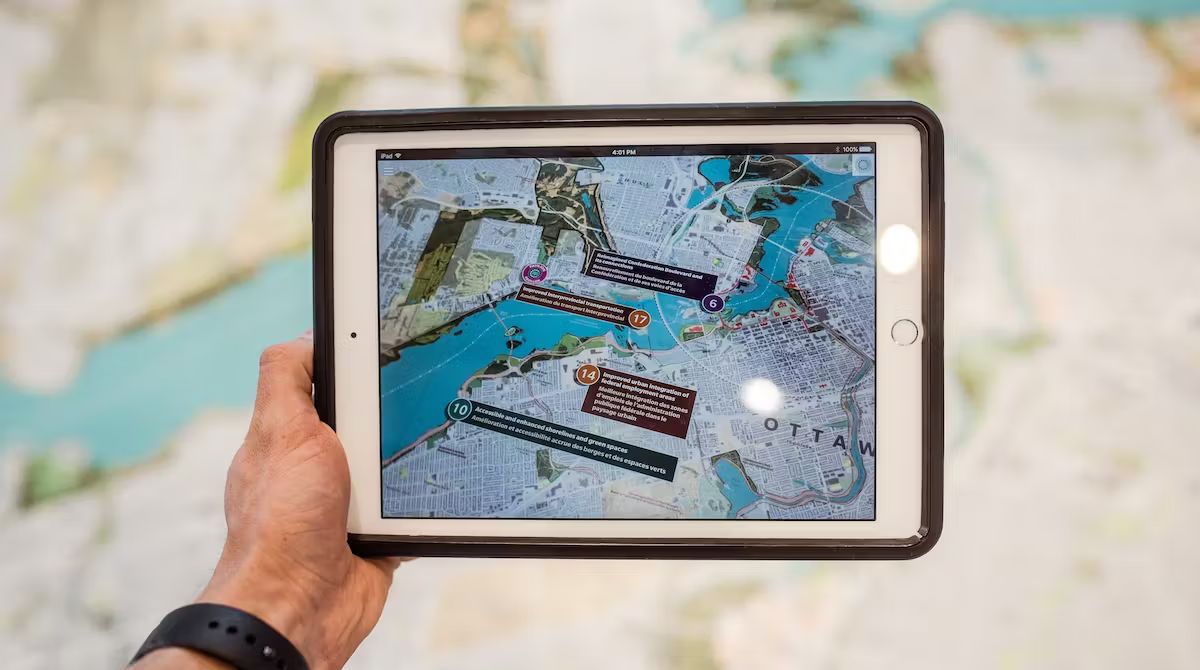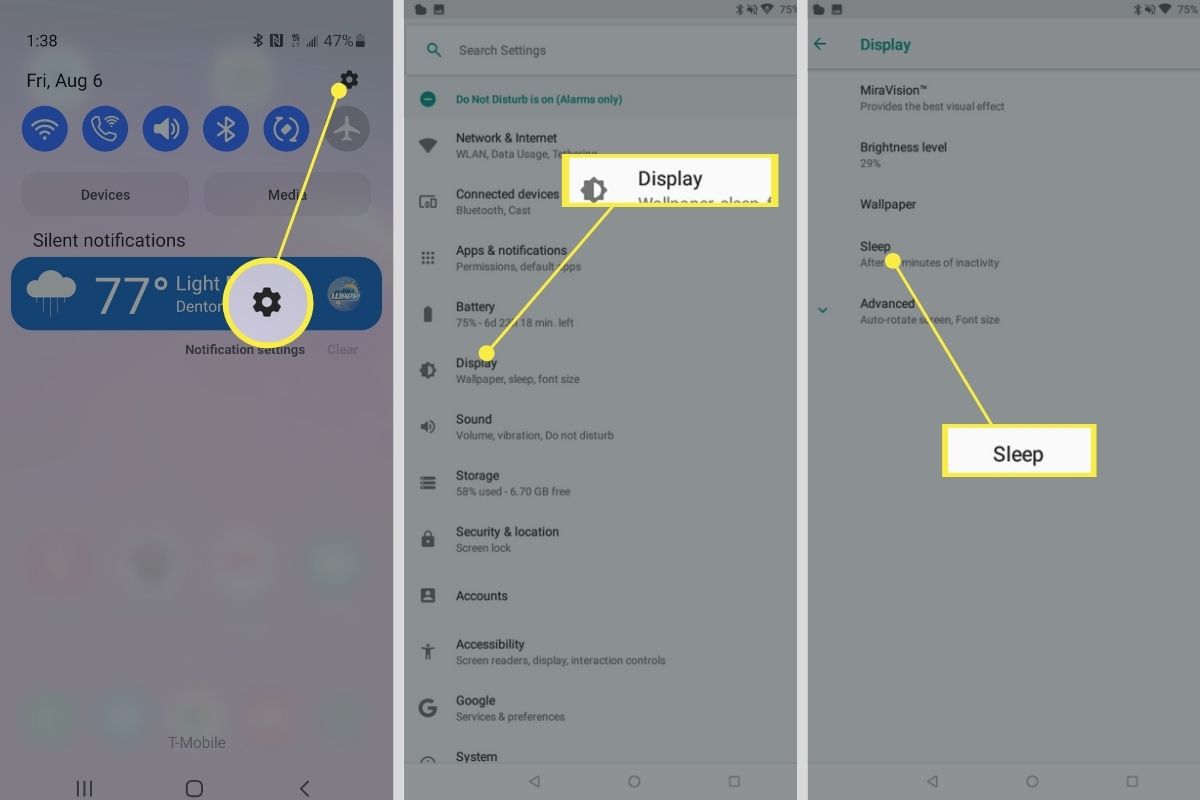Common Causes of Tablet Not Turning On
It can be frustrating when your tablet refuses to turn on, leaving you unable to access your apps, documents, and other important information. Fortunately, there are several common causes for this issue, and with a little troubleshooting, you can often resolve the problem on your own. Here are some of the most frequent causes for a tablet not turning on:
- Battery Depletion: One of the most common reasons a tablet won’t turn on is simply because the battery is completely drained. If you haven’t charged your device in a while, it’s worth connecting it to a power source and waiting a few minutes to see if anything happens.
- Software Glitches: Sometimes, a tablet may encounter a software glitch that prevents it from turning on. This can happen after a software update or if the system becomes overwhelmed with background processes. In such cases, performing a hard reset or force restart can often resolve the issue.
- Physical Damage: Tablets are fragile devices, and if they have been dropped or exposed to water or extreme temperatures, they may refuse to turn on. Check for any visible signs of damage, such as a cracked screen or water damage, and consider taking your device to a professional for repair.
- Power Button Malfunction: The power button is the primary way to turn on a tablet, so if it becomes stuck or unresponsive, it can prevent the device from turning on. Try pressing the button firmly and repeatedly to see if it makes any difference. If not, you may need to have the power button repaired or replaced.
- Incompatible or Faulty Accessories: Sometimes, an incompatible or faulty accessory, such as a charging cable or adapter, can prevent a tablet from powering on. Make sure you are using the original accessories provided by the manufacturer or try using a different set of accessories to see if it makes a difference.
These are just a few of the possible reasons why your tablet may not be turning on. It’s important to systematically troubleshoot each possible cause to identify the issue. In the following sections, we will discuss specific troubleshooting steps that you can take to resolve the problem and get your tablet up and running again.
Check Power Button and Battery Issues
If your tablet is not turning on, the first thing you should do is check the power button and the battery. Here are some steps you can take to troubleshoot these issues:
- Inspect the Power Button: Examine the power button on your tablet to see if it is stuck or not functioning properly. Press it firmly and repeatedly to ensure it is not simply stuck in the off position.
- Try a Different Charging Cable and Adapter: Sometimes, a faulty charging cable or adapter can prevent your tablet from powering on. Test a different cable and adapter to see if the issue lies with the accessories rather than the tablet itself.
- Check the Battery Level: If the battery is completely drained, your tablet may not turn on. Connect it to a power source and let it charge for at least 15 to 30 minutes before attempting to power it on again.
- Inspect the Battery for Damage: If you suspect a faulty battery, visually inspect it for any signs of swelling, leakage, or physical damage. If you notice any such issues, it’s best to replace the battery with a compatible one.
- Perform a Hard Reset: In some cases, performing a hard reset can help resolve power-related issues. To do this, press and hold the power button and the volume down button simultaneously for about 10 to 15 seconds. Your tablet may vibrate or display the manufacturer’s logo when the reset is initiated.
By checking the power button and the battery, you can eliminate common issues that may cause your tablet to not turn on. If the problem persists after following these steps, proceed to the next troubleshooting method.
Charge the Tablet
If your tablet is not turning on, it’s important to ensure that the device has enough power. Follow these steps to charge your tablet:
- Use the Original Charging Cable and Adapter: When charging your tablet, it’s always best to use the original charging cable and adapter that came with the device. This ensures compatibility and adequate power delivery.
- Connect the Tablet to a Power Source: Plug one end of the charging cable into the tablet and the other end into a power outlet or a USB port on a computer. Ensure that the power source is functioning properly.
- Check the Charging Indicator: Most tablets have a charging indicator light that shows if the device is receiving power. Look for a light or icon on the tablet that indicates it is charging. If there is no indicator, leave the tablet connected to the power source for some time to see if it starts charging.
- Leave the Tablet Charging: After connecting the tablet to the power source, leave it undisturbed for at least 15 to 30 minutes. This allows the battery to accumulate enough charge to power on the device.
It’s worth mentioning that some tablets may not immediately show signs of charging when the battery is completely drained. It’s important to be patient and let the device charge for a sufficient amount of time before trying to turn it on again.
If your tablet still does not turn on after charging, proceed to the next troubleshooting method.
Perform a Hard Reset
If your tablet continues to refuse to turn on, performing a hard reset can often resolve the issue. A hard reset restarts the device and clears any temporary software glitches. Follow these steps to perform a hard reset:
- Locate the Reset Button: Depending on the tablet model, the reset button may be located on the back, bottom, or side of the device. Refer to the tablet’s user manual or manufacturer’s website for the exact location of the reset button.
- Press and Hold the Reset Button: Once you have located the reset button, use a small, pointed object such as a paperclip or a pin to press and hold the button for about 10 to 15 seconds.
- Wait for the Tablet to Restart: After holding the reset button, the tablet will typically vibrate or show the manufacturer’s logo. This indicates that the hard reset has been initiated. Release the reset button and wait for the tablet to restart.
It’s important to note that performing a hard reset will not delete your personal data, but it may erase any unsaved settings or temporary files. Your apps and personal files should remain intact.
If the tablet still does not turn on after performing a hard reset, it may be necessary to explore other troubleshooting methods or contact the manufacturer for further assistance.
Connect to an External Power Source
If your tablet is still not turning on, connecting it to an external power source can help diagnose and resolve the issue. Follow these steps to connect your tablet to an external power source:
- Confirm the Power Source: Ensure that the power source you are using is functioning properly. Try plugging your tablet into a different power outlet or using a different USB port on your computer.
- Use a Wall Charger: If you have been using a computer or laptop to charge your tablet, try using a wall charger instead. Connect your tablet to a wall charger using the original charging cable and adapter.
- Leave the Tablet Connected: Once connected to an external power source, leave your tablet connected for at least 15 to 30 minutes. This gives the battery ample time to accumulate enough charge to power on the device.
- Check for Charging Indicator: Look for a charging indicator on your tablet, which may be a light or an icon. It should show that the tablet is receiving power. If there is no charging indicator, it’s still recommended to leave the tablet connected for a sufficient amount of time.
Connecting your tablet to an external power source can help rule out any issues with the power supply. If your tablet still does not turn on after connecting it to an external power source and waiting for an appropriate amount of time, continue troubleshooting with the next method.
Check the Charging Cable and Adapter
When your tablet is not turning on, faulty or incompatible charging cables and adapters can often be the culprit. Follow these steps to check the charging cable and adapter:
- Inspect the Charging Cable: Examine the charging cable for any visible signs of damage, such as frayed wires or bent connectors. If you notice any issues, try using a different charging cable to see if it makes a difference.
- Check the Charging Adapter: Inspect the charging adapter for any physical damage or loose connections. If necessary, try using a different charging adapter to ensure compatibility and proper power delivery.
- Clean the Connectors: The charging cable and adapter connectors can accumulate dirt, dust, or debris over time, leading to poor contact and charging issues. Gently clean the connectors with a soft, lint-free cloth or a cotton swab lightly dampened with rubbing alcohol.
- Try a Different Power Source: If you have been using a wall outlet to charge your tablet, try plugging the charging cable into a different outlet. If you have been using a USB port on your computer, try using a different USB port to rule out any issues with the power source.
By checking the charging cable and adapter, you can eliminate any problems caused by faulty or incompatible accessories. If the tablet still does not turn on after trying different cables and adapters, proceed to the next troubleshooting method.
Test the Charging Port
If your tablet is not turning on, it’s essential to test the charging port to determine if it is causing the issue. Follow these steps to test the charging port:
- Inspect the Charging Port: Carefully examine the charging port on your tablet for any physical damage, debris, or blockages. Use a flashlight if necessary to get a better view. If you notice any issues, proceed with caution and try to remove any debris or obstructions using a soft brush or compressed air.
- Try a Different Charging Cable and Adapter: Connect your tablet to a different charging cable and adapter known to be in working condition. Make sure the new cable and adapter are compatible with your tablet. If your tablet starts charging with the new set of accessories, it indicates that the issue lies with the original charging cable or adapter.
- Test with a Wireless Charger (if applicable): If your tablet supports wireless charging, try placing it on a compatible wireless charger to see if it responds. This test will help determine if the charging port is the problem or if there are other underlying issues with the tablet.
- Consult a Professional: If you have performed all the above steps and your tablet still does not turn on, it may be necessary to consult a professional technician or take your tablet to an authorized service center. They will be able to thoroughly inspect the charging port and provide a solution to the problem.
Testing the charging port helps pinpoint any issues with connectivity or physical damage that may be preventing your tablet from charging properly. If the charging port test does not resolve the issue, proceed with the next troubleshooting method.
Consult the Manufacturer or Service Center
If you have tried all the previous troubleshooting methods and your tablet is still not turning on, it may be time to seek assistance from the manufacturer or a professional service center. Here are the steps to follow:
- Contact the Manufacturer: Refer to the manufacturer’s website or the documentation that came with your tablet to find the contact information for customer support. Call or email them to explain the issue you are experiencing and the steps you have already taken to troubleshoot the problem.
- Provide Detailed Information: When contacting the manufacturer or service center, be prepared to provide them with details about the tablet model, the issues you are facing, and the troubleshooting steps you have already attempted. This information will help them understand the problem more effectively.
- Follow Manufacturer’s Instructions: The manufacturer or service center may provide you with specific instructions to further diagnose or resolve the issue. Follow their guidance carefully and provide any requested information or perform any suggested actions.
- Consider Warranty Coverage: If your tablet is still within warranty, check the terms and conditions of the warranty to see if the issue you are experiencing is covered. If it is covered, the manufacturer may offer repair or replacement services at no cost to you.
- Visit a Professional Service Center: If the manufacturer or service center recommends visiting a professional service center, provide them with the necessary details and follow their instructions to obtain professional assistance. Certified technicians will have the expertise and tools to diagnose and repair the problem properly.
Consulting the manufacturer or a professional service center is often the best course of action when all other troubleshooting methods have failed. They have the knowledge and resources to provide specific guidance or carry out the necessary repairs to get your tablet back in working condition.







